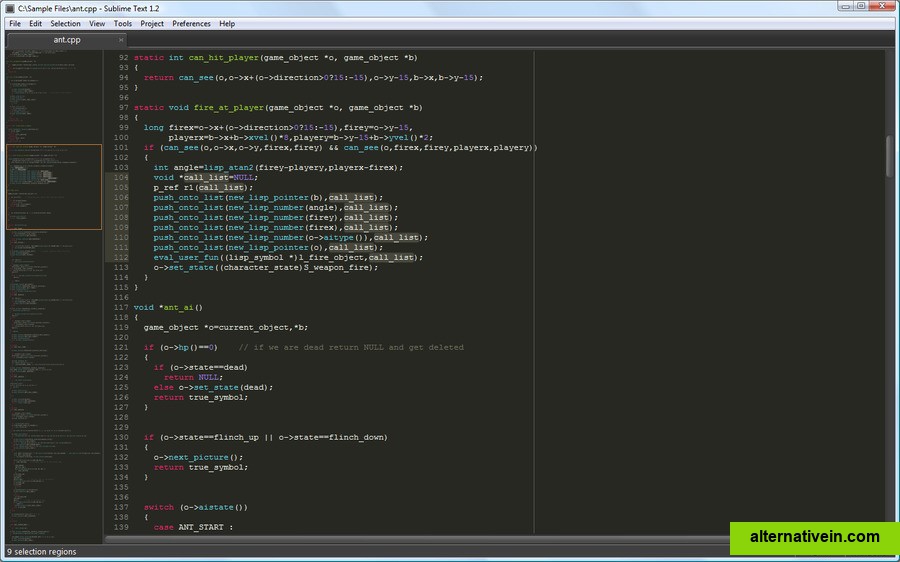
- #Code completion assistant in anylogic update
- #Code completion assistant in anylogic code
- #Code completion assistant in anylogic professional
For this to work you'll need to "parse" the Id (stored in the tables) to a Customer object. Technology and Computer Sciences is granted upon the completion.
#Code completion assistant in anylogic professional
In order to be on the safe side, I recommend to use unique String Ids instead, which will work even if you change to order of your table. AnyLogic a New Generation Professional Simulation Tool Yuri G.
#Code completion assistant in anylogic code
As soon as you change the number of entries in the DC table, the code will not work anymore.

To create a simple score quiz by assigning points to answers, select Score quiz under Simple Logic. You can add scores using variables directly from the Logic Map, but you can’t access the Score quiz feature from there. You can find out more about assigning Endings to different responses here. To link answers to Endings, go to the Logic panel, and select Outcome quiz under Simple Logic. You can’t add logic to Endings directly from the Logic Map. There are some logic types that you can’t modify directly from the Logic Map just yet. You can also use the + Add condition, the Delete this rule, or the Remove all buttons to change your logic flow. You can also click any question in the Logic Map to open up this toolbar.
#Code completion assistant in anylogic update
Click Edit to update it, or the trash can icon to delete it.Ĭlicking Edit will once again open up the toolbar on the left hand side with a list of existing logic added to that question: Now that your logic is set up, you can click the branching icon to view existing logic on that path. The logic flow will be the same in both cases here, but simply ticking a checkbox might be a more convenient option than setting a specific value for some use cases. …or you can leave the checkbox unticked and create a new If rule, so that people who gave a score of greater than or equal to 8 will jump to question 3. You can either tick the In all other cases jump to checkbox, so people who didn’t give a score of lower than or equal to 7 will always jump to question 3… You can set up logic to this follow up question in two different ways.

Now let’s drag a new path to the follow up question for those who gave a higher score using the + button: Let’s set this score value to lower than or equal to 7, and click Save. People who gave a lower score will see a question where they can suggest ways to improve. In this example, we want to show different follow up questions to people based on the NPS® score they gave. You can now create and modify paths without losing sight of the Logic Map: This will open up an editor panel on the left hand side. Here’s how you can work on your logic from the Logic Map:Ĭlick the + button and drag it to connect questions and create a new logic flow: You can also find this, and all the other logic tools under Simple Logic in the Logic tab. If you’re working directly in the Logic Map editor, you can currently access the same functionality as from the Branching and calculations feature. You can check out this article to see what the Logic Map of different scenarios might look like. If your typeform doesn’t contain any logic yet, you’ll see your questions in a single line, from left to right, following the order of questions in your typeform: To access it, open up a typeform, and click Logic: The Logic Map is a tool that lets you visualize the structure of logic paths in your typeform.

If you’re someone who likes to visualize different paths in your typeforms, we’ve got great news for you! You can now use the Logic Map as an interactive tool to create and modify logic, without having to leave the visual comfort of your map.


 0 kommentar(er)
0 kommentar(er)
